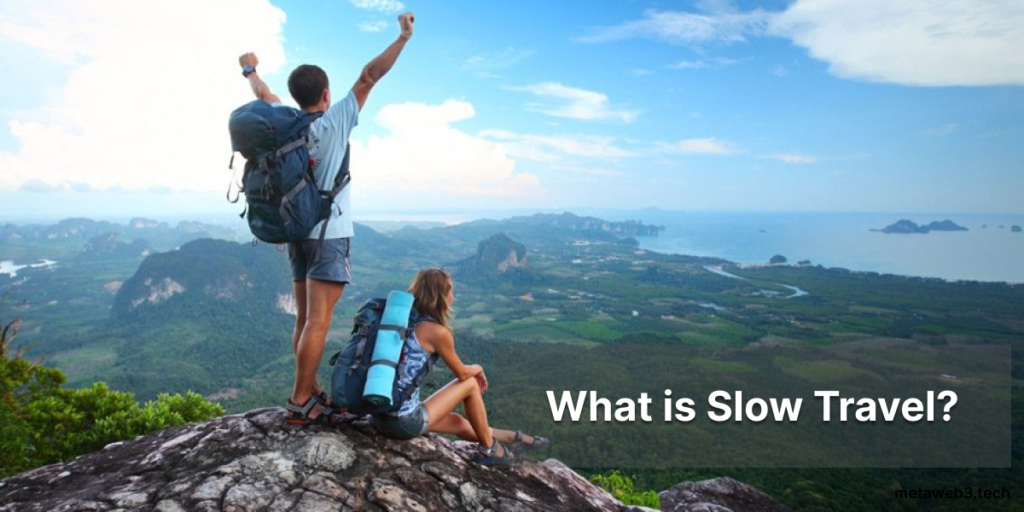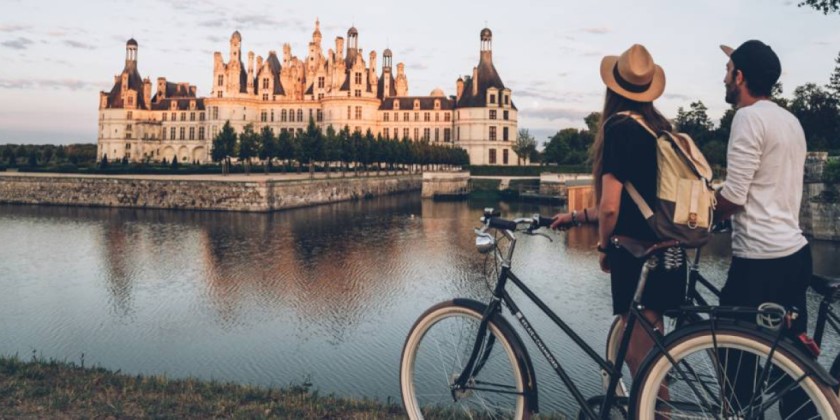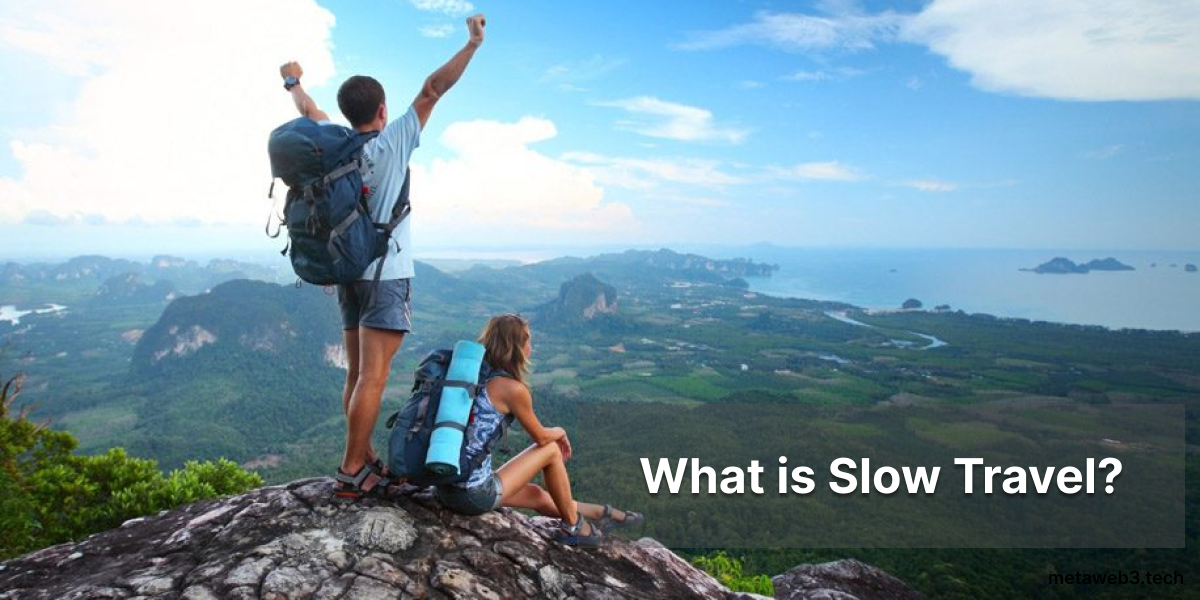Understanding What Slow Travel Is?
Imagine you are at a serene location, just sitting by the river and embracing the art of doing nothing. How does that sound? Close your eyes and visualise yourself away from all the hustle bustle of life, away from all the honking and loud streets, away from all the stresses and worries. How does that feel? In recent years, there has been a growing trend towards slow travel, a style of travel that emphasises quality over quantity and focuses on immersive experiences and meaningful interactions with local cultures. This movement is a reaction to the fast-paced, superficial nature of traditional tourism, which often involves ticking off as many sights as possible in a short amount of time. Although slow travel doesn’t have a perfect definition per se, it totally depends on person to person how he defines it.
So what exactly is slow travel, and why is it becoming so popular? It may or may not be related to the speed of travel. At its core, slow travel is about taking your time to truly experience a place, to get to know its people and its culture, and to fully engage with your surroundings. It’s about embracing the journey as much as the destination, and being present in the moment rather than rushing from one attraction to another.

Slow travel is a movement that has gained popularity in recent years. It is a philosophy of travel that focuses on immersing oneself in the local culture, taking time to experience the destination, and minimizing the impact on the environment. Slow travel is a response to the fast-paced, consumer-driven nature of modern travel and aims to provide a more authentic and meaningful travel experience.
The philosophy of slow travel is centered around taking the time to fully experience a destination, rather than rushing through a checklist of must-see tourist attractions. It is about connecting with the local culture, meeting new people, and exploring the landscape. Slow travel also emphasizes sustainability, encouraging travelers to make environmentally conscious choices and reduce their impact on the destination.
Since slow travel has different definitions for different people, we interviewed a digital nomad and travel blogger Monika Guwalani (bootsofahitchhiker) and asked her what slow travel means to her. She said if she doesn’t know a local tea vendor at a place, then she has not travelled well in that place.
Slow Travel Trends

The rise of slow travel is a response to the growing interest in sustainable travel and the desire for more meaningful travel experiences. Some of the trends associated with slow travel include:
- Slow Food Movement: The slow food movement is an international movement that emphasizes the importance of local, organic, and sustainable food. This movement is a response to the fast food culture that has dominated the food industry for decades.
2. Multi-Generational Travel: Multi-generational travel is a growing trend that involves families traveling together. This type of travel emphasizes spending time together, experiencing new things, and creating memories.
3. Off-The-Beaten-Path Destinations: Slow travel encourages travelers to explore off-the-beaten-path destinations, rather than the popular tourist destinations. This type of travel allows travelers to experience the local culture and traditions. One of the places where you can embrace the slow side of life is Tirthan Valley in the north Indian state of Himachal Pradesh. The vibe of the place is very uplifting and it slows you down.
4. Sustainable Accommodations: Slow travel encourages travelers to choose sustainable accommodations, such as eco-friendly hotels, hostels, or home-stays. These accommodations are designed to minimize their impact on the environment and provide a more authentic experience for travelers.
Benefits of Slow Travel
One of the key benefits of slow travel is that it allows you to have a deeper and more meaningful travel experience. Instead of just ticking off items on a to-do list, you can take the time to really connect with the people and the culture of the place you’re visiting. This might involve spending time with a local family, participating in a cultural event or festival, or simply slowing down and taking in the beauty of your surroundings.
Another benefit of slow travel is that it is more sustainable and environmentally friendly than traditional tourism. By staying in one place for a longer period of time, you can reduce your carbon footprint and minimize the impact of your travel on the environment. You can also support local businesses and economies, rather than contributing to the homogenization of tourist areas.

So how can you incorporate the principles of slow travel into your next trip? Here are a few tips:
Choose your destination carefully: Instead of visiting several countries in one trip, consider staying in one place and really getting to know it. Choose a destination that resonates with you on a deeper level, whether that’s because of its culture, history, or natural beauty.
Embrace slow transportation: Instead of flying everywhere, consider taking a train, bus, or boat to your destination. This not only reduces your carbon footprint, but also allows you to see more of the country and immerse yourself in the local culture.
Stay in one place for a longer period of time. Rather than rushing from one city to another, consider spending a week or more in one place. This allows you to get to know the locals, learn the language, and really understand the culture.
Participate in local activities. Instead of just visiting the tourist hotspots, try to participate in local events and activities. This might include attending a cultural festival, taking a cooking class, or going on a nature hike.
Keep an open mind. Slow travel is about being open to new experiences and embracing the unexpected. Be willing to try new foods, meet new people, and step out of your comfort zone.
In conclusion, slow travel is a growing trend that emphasizes quality over quantity and encourages travelers to take their time and fully immerse themselves in their destinations. By embracing slow travel, we can have a more meaningful and sustainable travel experience that connects us to the world and the people around us.



